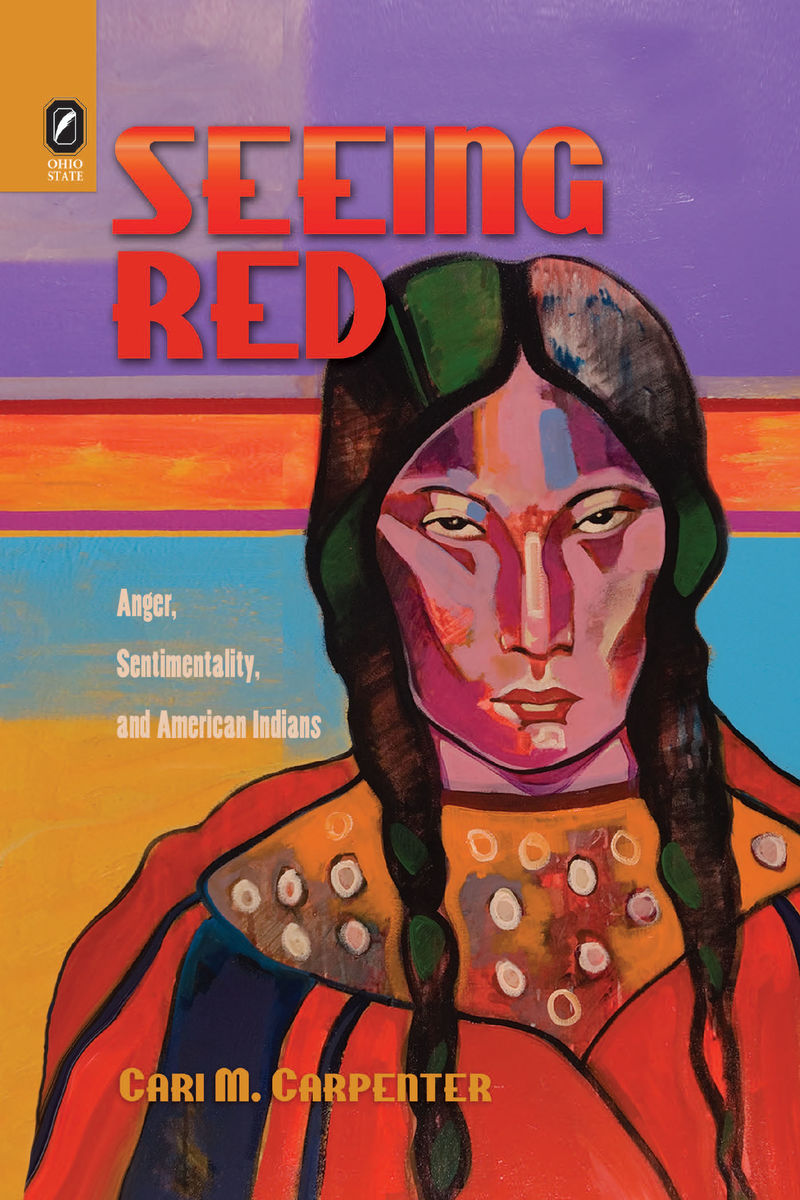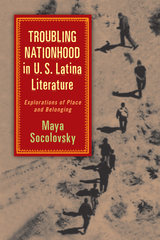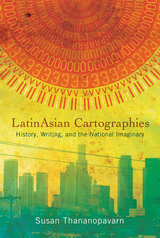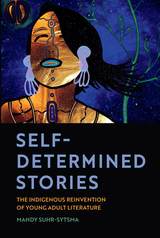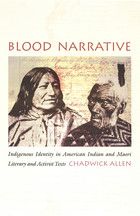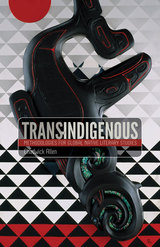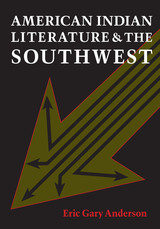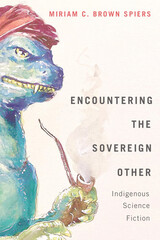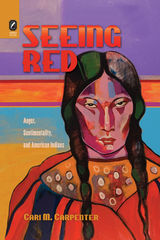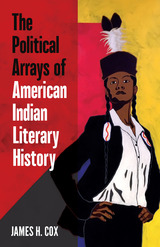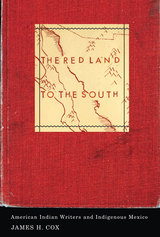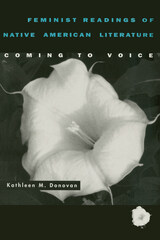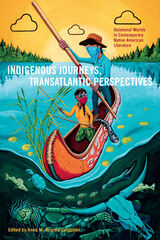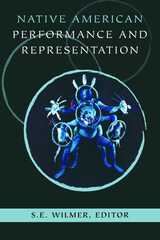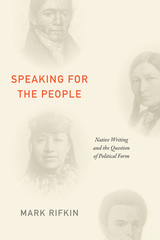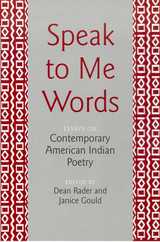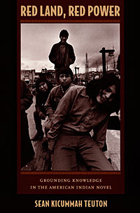Seeing Red: Anger, Sentimentality, and American Indians
The Ohio State University Press, 2008
Cloth: 978-0-8142-1079-6 | eISBN: 978-0-8142-8024-9 | Paper: 978-0-8142-5619-0
Library of Congress Classification PS153.I52C37 2008
Dewey Decimal Classification 810.9897
Cloth: 978-0-8142-1079-6 | eISBN: 978-0-8142-8024-9 | Paper: 978-0-8142-5619-0
Library of Congress Classification PS153.I52C37 2008
Dewey Decimal Classification 810.9897
ABOUT THIS BOOK | AUTHOR BIOGRAPHY | REVIEWS | TOC
ABOUT THIS BOOK
In Seeing Red, Cari M. Carpenter examines anger in the poetry and prose of three early American Indian writers: S. Alice Callahan, Pauline Johnson, and Sarah Winnemucca. In articulating a legitimate anger in the late nineteenth century, the first published indigenous women writers were met not only with stereotypes of “savage” rage but with social proscriptions against female anger. While the loss of land, life, and cultural traditions is central to the Native American literature of the period, this dispossession is only one side of the story. Its counterpart, indigenous claims to that which is threatened, is just as essential to these narratives. The first published American Indian women writers used a variety of tactics to protest such dispossession. Seeing Red argues that one of the most pervasive and intriguing of these is sentimentality.
Carpenter argues that while anger is a neglected element of a broad range of sentimental texts, it should be recognized as a particularly salient subject in early literature written by Native American women. To date, most literary scholars—whether they understand sentimentality in terms of sympathetic relations or of manipulative influence—have viewed anger as an obstacle to the genre. Placing anger and sentimentality in opposition, however, neglects their complex and often intimate relationship. This case study of three Native American women writers is not meant to fall easily into either the “pro” or “anti” sentimentality camp, but to acknowledge sentimentality as a fraught, yet potentially useful, mode for articulating indigenous women’s anger.
See other books on: 1868- | American Indians | Indian authors | Indians in literature | Sentimentalism in literature
See other titles from The Ohio State University Press
